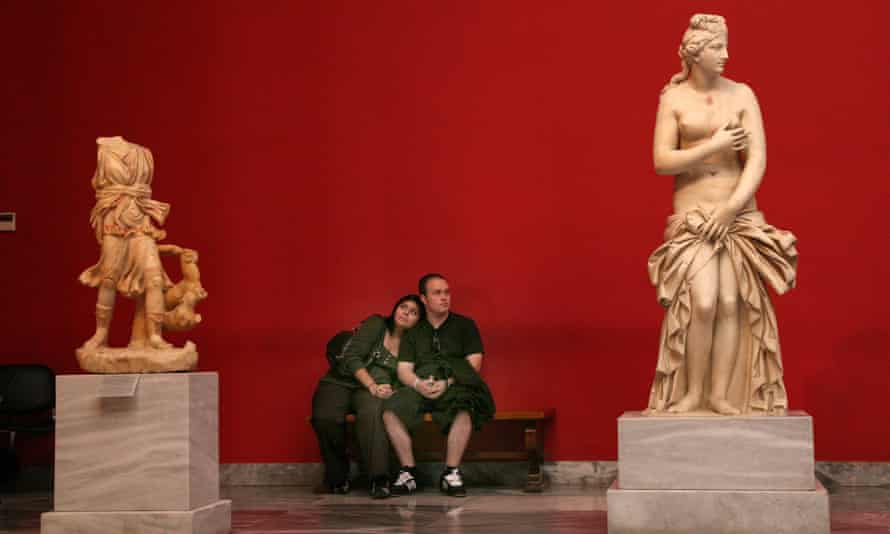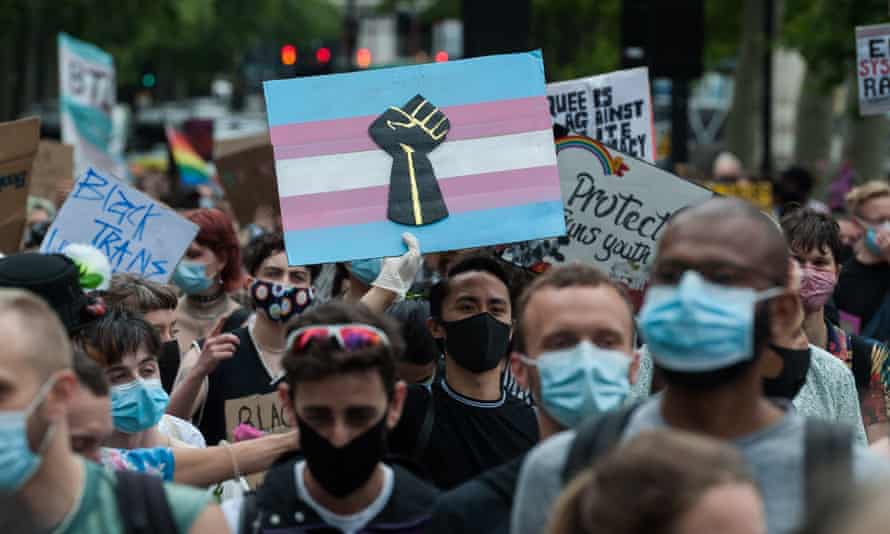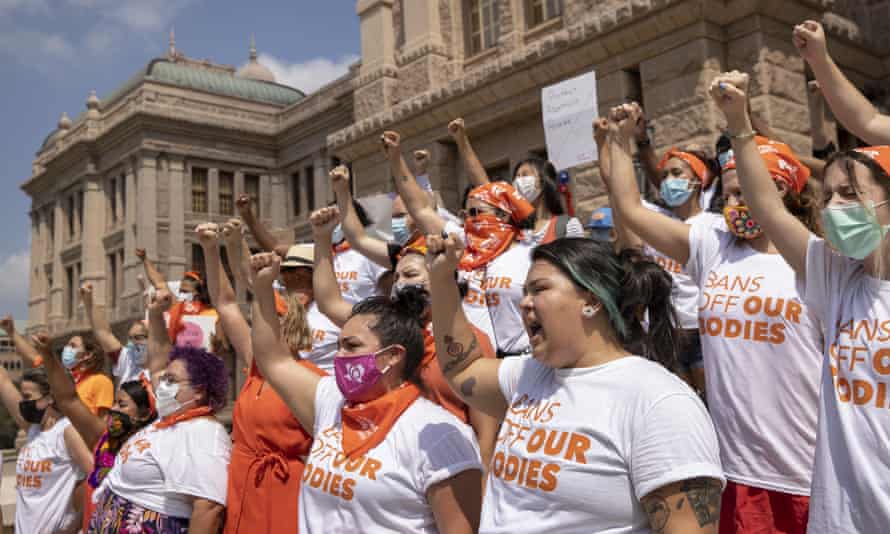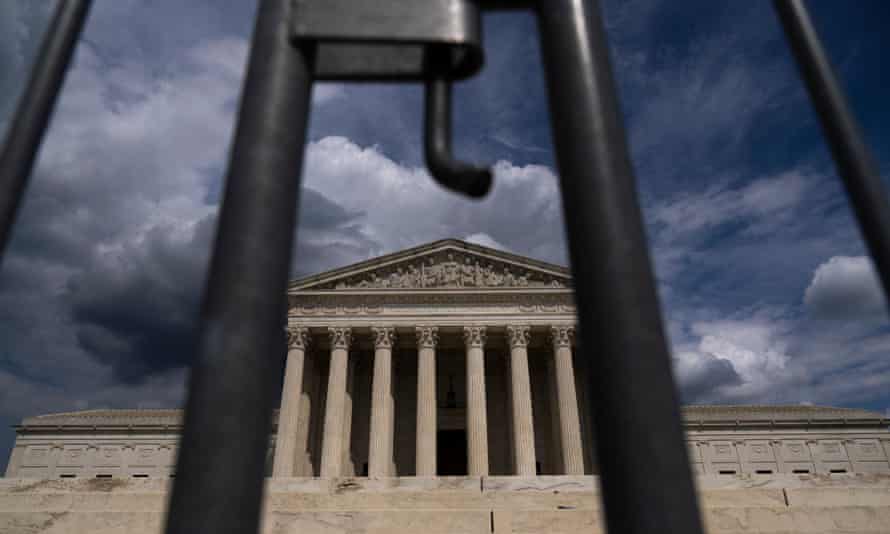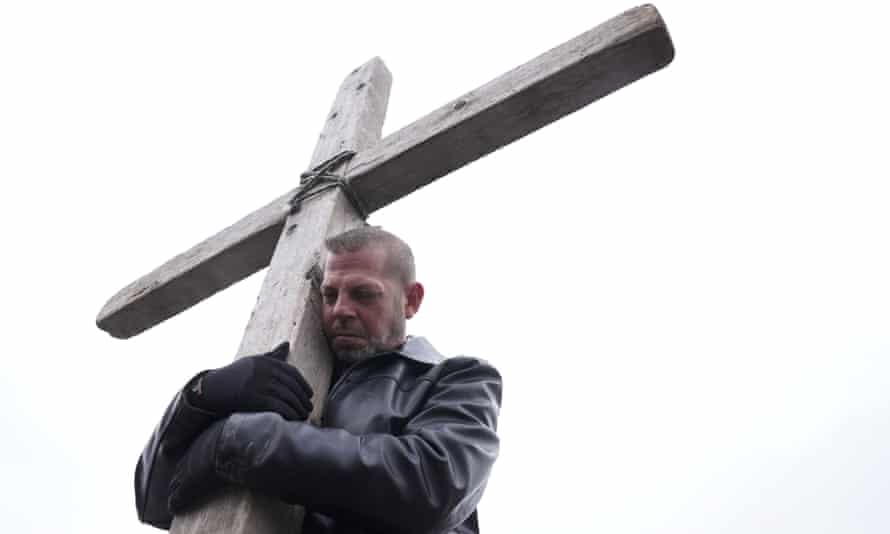TAKE THAT
TikTokers flood Texas abortion whistleblower site with Shrek memes, fake reports and porn
Critics of Texas’s new law have been filing hundreds of fake reports to the whistleblowing website in hopes of crashing it

One TikTok user flooded an online tip website that encourages people to report violators of the law with 742 false reports. Photograph: TikTok
Kari Paul
Fri 3 Sep 2021
Pro-choice users on TikTok and Reddit have launched a guerrilla effort to thwart Texas’s extreme new abortion law, flooding an online tip website that encourages people to report violators of the law with false reports, Shrek memes and porn.
The law makes it illegal to help women in Texas access abortion after the sixth week of pregnancy. To help enforce it, anti-abortion group Texas Right to Life established the digital tipline where people can send anonymous information about potential violations.
“Any Texan can bring a lawsuit against an abortionist or someone aiding and abetting an abortion after six weeks,” the website reads, and those proved to be violating the law can be fined a minimum of $10,000. An online form allows anyone to submit an anonymous “report” of someone illegally obtaining an abortion, including a section where images can be uploaded for proof.
But pro-choice users had other ideas, bombarding the site with false reports and fabricated data through a campaign primarily organized on Reddit and TikTok.
Though the site was launched a month ago, the fake reports came flooding in on the eve of the bill’s enactment. One TikTok user said they had submitted 742 fake reports of the governor, Greg Abbott, getting illegal abortions.
In a tongue-in-cheek caption, the user encouraged others to do the same: “It would be a shame if TikTok crashed the ProLifeWhistleBlower website.”
Redditors said they had submitted reports blaming the state of Texas for facilitating abortions by having highways that allow people to travel to the procedure.
“Wouldn’t it be so awful if we sent in a bunch of fake tips and crashed the site? Like, Greg Abbott’s butt stinks,” one TikTok creator said.
Another TikTok user showed how he uploaded Shrek memes claiming they were images proving “my wife aborted our baby 4 weeks into her pregnancy without my consulting me”. Meanwhile, other users encouraged people to upload image attachments containing various kinds of porn
The coordinated effort echoes a movement in June 2020 to flood a Donald Trump rally with fake sign-ups, resulting in an empty stadium for the actual event.
An activist who goes by the name Sean Black said he programmed a script to submit reports en masse on the website automatically.
Black, who describes himself as a “regular college student from North Carolina”, has released a Python script and an iOS shortcut for less tech-savvy to send thousands of reports a day.
He said his data shows nearly 8,000 people have used the Python code and 9,000 have used the iOS shortcut. Others have been inspired by his coding against anti-abortion advocates, saying collaborators across the US are working with him on 10 “active branches” of new features in the tool.
The website appears to be doing its best to take on the influx of false reports and remains online despite other sabotage attempts including attacks by hackers.
Nancy Cárdenas Peña, a Texas director for the National Latina Institute for Reproductive Justice, said she was blocked by the website from using the form after she tweeted about it. Some web hosts allow people to block visitors to their sites by IP address.
“Gosh, I wonder if they factored in people abusing the integrity of this system,” she said, jokingly adding: “Hmmm I hope ppl don’t abuse this! That would be terrible.”
GOOD NEWS
Texas abortion snitch website is getting booted off its domain: report
Matthew Chapman
September 03, 2021

'Working on laptop' [Shutterstock]
On Friday, The Verge reported that the website set up by Texas Right to Life to allow concerned citizens anywhere to snitch on anyone who helps a woman procure an abortion is having its registration revoked by GoDaddy.
"'We have informed prolifewhistleblower.com they have 24 hours to move to another provider for violating our terms of service,' a spokesperson told The New York Times," reported Sean Hollister. "GoDaddy didn't immediately respond to a request for comment about whether that applies to the group's other domains, or which terms of service the site violated — but it's probably the part where the company doesn't let anyone 'collect or harvest' any personal information 'about another User or any other person or entity without their express prior written consent.'"
The website — set up to enforce Texas' new draconian abortion ban that allows $10,000 civil bounties on people who "intend to procure" abortions for women past the sixth week of pregnancy — has been flooded with Shrek memes and other content designed to drown out its purpose for days.
But a tech journalist for Gizmodo speculated this week the site could be taken down more effectively by lodging complaints with GoDaddy, pointing out that abortion snitching amounts to non-consensual data collection.
Earlier this week, the Supreme Court declined to stay Texas' abortion law from taking effect, effectively nullifying Roe v. Wade in the state for the time being — although the litigation against the law is ongoing.
Texas anti-abortion tipster site booted by web host
Issued on: 04/09/2021Protesters demonstrated at the Texas state capitol over abortion rights on May 29, 2021
SERGIO FLORES GETTY IMAGES NORTH AMERICA/AFP/File
Washington (AFP)
A webpage seeking tips from the public to enforce Texas's severe new abortion restrictions has been told to find a new company to host its site or go offline.
GoDaddy said in a statement Friday it had informed prolifewhistleblower.com on Thursday that it had violated the US web hosting company's terms of service and had to move to a different provider.
The prolifewhistleblower.com website was set up by anti-abortion group Texas Right to Life to collect anonymous tips under the law barring terminations after six weeks of pregnancy -- before many women know they are pregnant.
According to the law, anyone living in Texas can sue an abortion provider or anyone suspected of "aiding" an abortion to take place, with $10,000 rewards if they win in a civil case.
Calls to flood the website with bogus tips sprouted on social media, while by late Friday, an attempt to reach the tip portion of the site was blocked, with a message saying access was denied by a GoDaddy firewall.
Texas Right to Life communications director Kimberlyn Schwartz told AFP the website was in the process of transferring to a new service provider and expected to be back in action within 48 hours.
"We will not be silenced," Schwartz said.
"We are not afraid of the mob. We will not back down."
According to GoDaddy's terms, users cannot collect information about people without their consent.
The website featured links for reporting "anyone who is... aiding or abetting a post-heartbeat abortion," referring to the law's banning of abortion once a fetal heartbeat can be detected.
"Report any person or entity that aids or abets (or that intends to aid or abet) an illegal abortion in Texas," it adds.
The US Supreme Court formally refused Wednesday to block the law, the biggest hit to abortion rights in the United States in 50 years.
Texas Right to Life has called it a blow to "the unjust ruling of Roe v. Wade," the landmark 1973 Supreme Court case that legally enshrined a woman's right to an abortion.
Roe v. Wade guaranteed the right to an abortion in the United States so long as the fetus is not viable outside the womb, which is usually not until the 22nd to 24th week of pregnancy.
President Joe Biden on Friday called the Texas measure "vigilante" justice and said there may be existing legal avenues "to limit the independent actions of individuals in enforcing... a state law," but did not elaborate.
- Drivers defended -
Ride-hailing services Lyft and Uber sounded the alarm on Friday over possible repercussions of the law for their drivers, with Lyft saying in a blog post it "threatens to punish drivers for getting people where they need to go."
Lyft announced the creation of a Driver Legal Defense Fund to cover 100 percent of legal fees for drivers sued under the new law for providing a ride on the platform.
"This law is incompatible with people's basic rights to privacy, our community guidelines, the spirit of rideshare, and our values as a company," Lyft said in the blog post.
"Imagine being a pregnant woman trying to get to a healthcare appointment and not knowing if your driver will cancel on you for fear of breaking a law."
Uber chief executive Dara Khosrowshahi praised Lyft's move and said it prompted Uber to similarly cover any driver legal costs related to the new law.
"Drivers shouldn't be put at risk for getting people where they want to go," Khosrowshahi tweeted in reply to Lyft chief executive Logan Green.
"Team Uber is in too and will cover legal fees in the same way. Thanks for the push."
Lyft also said it is donating $1 million to Planned Parenthood for healthcare transportation needs.
Earlier this week, the company behind Bumble dating app said on Twitter that it created a relief fund for women seeking abortions in Texas.
The head of Texas-based Match Group, which owns Tinder and other dating apps, put out word to employees she is setting up a fund to help employees or their dependents handle costs of seeking health care outside the state because of the law.
"I am shocked that I now live in a state where women's reproductive laws are more regressive than most of the world," Match chief executive Shar Dubey said in a letter to employees that was shared at Twitter.
© 2021 AFP





